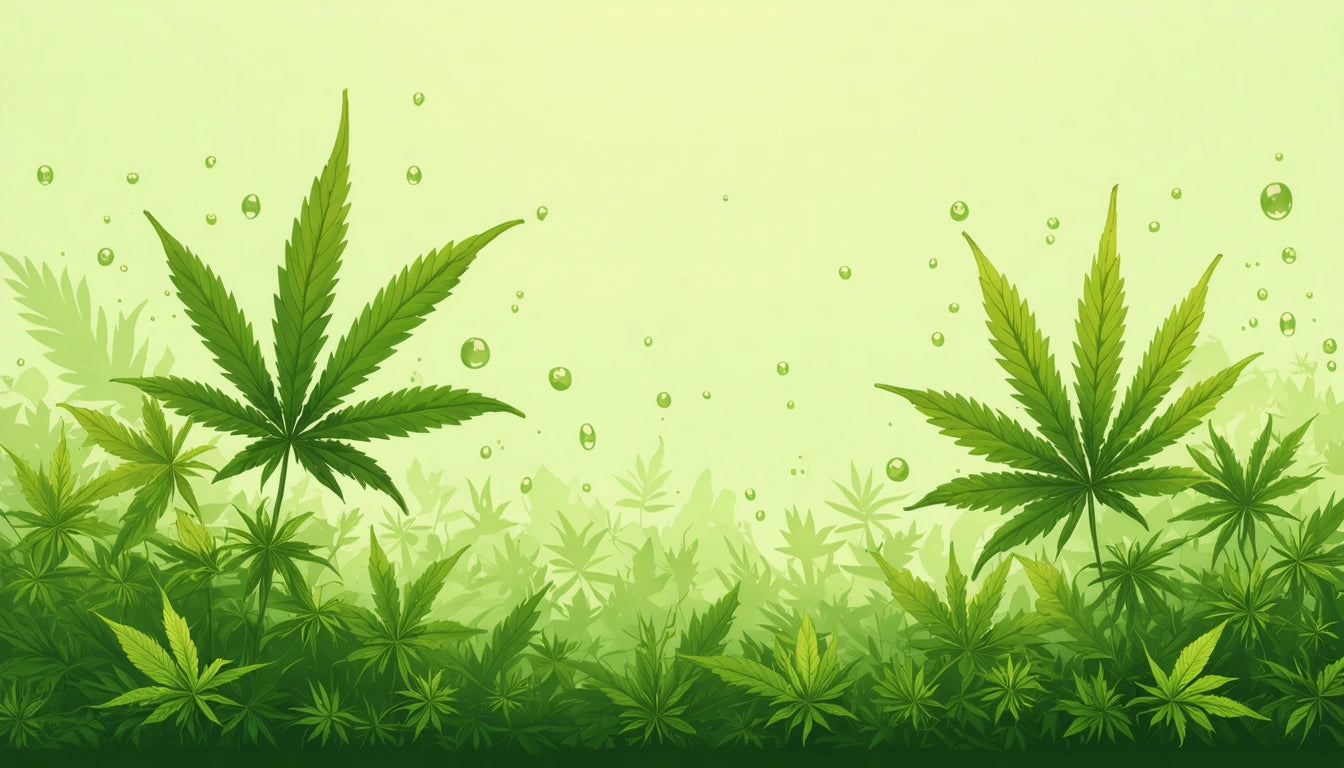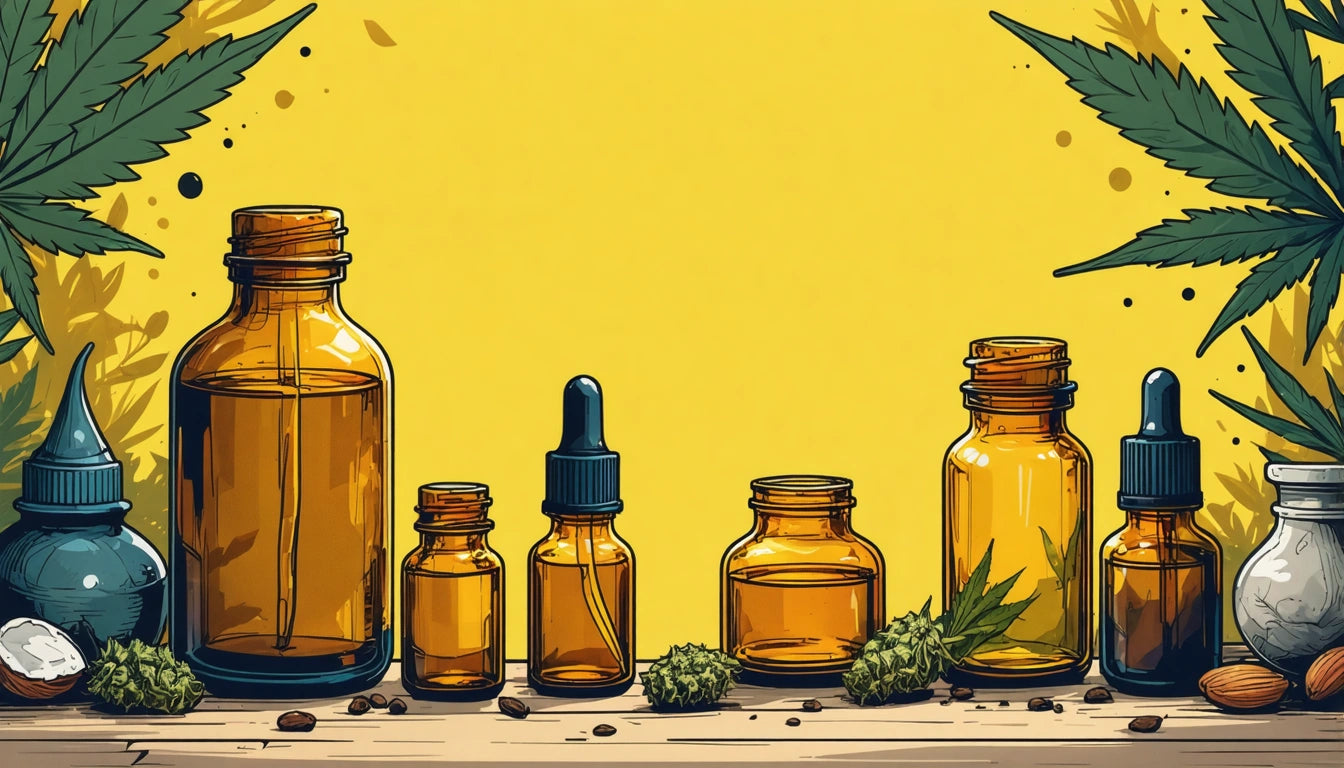Understanding THC Content in Hemp and Hemp-Derived Products
Hemp and marijuana both belong to the Cannabis sativa plant species, but they differ significantly in their chemical composition, particularly in their tetrahydrocannabinol (THC) content. This distinction has important implications for consumers, manufacturers, and regulators. Understanding how much THC hemp plants produce and what this means for various hemp-derived products is essential for making informed decisions about their use.
Hemp vs. Marijuana: Botanical Distinctions
Hemp and marijuana are legally distinguished primarily by their THC content. According to the 2018 Farm Bill, hemp is defined as cannabis containing 0.3% or less THC by dry weight. Any cannabis plant exceeding this threshold is classified as marijuana and subject to different regulations.
But does hemp contain THC at all? The answer is yes, hemp does have THC in it, albeit in much smaller quantities than marijuana. While marijuana typically contains 5-30% THC, hemp produces minimal amounts, usually well below the 0.3% legal limit.
THC Production in Hemp Plants
How much THC can a hemp plant produce? Hemp naturally synthesizes small amounts of THC through the same biological pathways as marijuana. However, hemp has been selectively bred to minimize THC production while maximizing other cannabinoids like cannabidiol (CBD).
Several factors influence THC levels in hemp:
- Genetics: Different hemp varieties have different cannabinoid profiles
- Growing conditions: Stress, light exposure, and nutrients can affect cannabinoid production
- Harvest timing: THC levels can fluctuate throughout the plant's life cycle
- Plant parts: Flowers contain more cannabinoids than stems and leaves
According to research on THCA in hemp production, hemp plants primarily produce THCA (tetrahydrocannabinolic acid), the non-psychoactive precursor to THC. This compound only converts to THC when exposed to heat or light through a process called decarboxylation.
Hemp-Derived Products and Their THC Content
Different hemp products contain varying levels of THC, depending on which part of the plant is used and how it's processed. Understanding these differences is crucial for consumers concerned about THC exposure.
Hemp Seeds and Hearts
Do hemp seeds have THC? Hemp seeds naturally contain virtually no THC. Any trace amounts found in commercial hemp seed products typically come from residual contact with other plant materials during processing. Properly cleaned hemp seeds and shelled hemp hearts contain negligible THC levels that pose no risk of psychoactive effects or failed drug tests.
Hemp Seed Oil
Does hemp seed oil have THC? Like the seeds it's pressed from, hemp seed oil contains minimal to no THC when properly processed. This nutritional oil is valued for its omega fatty acid profile rather than any cannabinoid content. It's important to distinguish hemp seed oil from CBD oil or hemp extract, which are different products with different cannabinoid profiles.
Hemp Extract and CBD Oil
Does hemp extract have THC? Yes, full-spectrum hemp extracts and CBD oils typically contain small amounts of THC, usually below the 0.3% legal threshold. These products utilize the flowers and leaves of the hemp plant, where cannabinoids concentrate. Broad-spectrum extracts have THC removed, while CBD isolates contain no THC.
The differences between hemp-derived and marijuana-derived THC are explored in detail in this comprehensive comparison.
Topical Hemp Products
Does hemp lotion have weed in it? Topical hemp products like lotions may contain hemp seed oil (with virtually no THC) or hemp extract (with minimal THC). Even products containing the full legal limit of THC are unlikely to cause psychoactive effects or result in positive drug tests, as THC is poorly absorbed through the skin.
Hemp-Derived THC Products
What is hemp-derived THC? This term refers to THC that has been extracted or converted from legal hemp plants. While traditional hemp naturally contains minimal THC, manufacturers have developed methods to extract and concentrate this THC or to convert other cannabinoids (like CBD) into THC.
These products have created regulatory challenges as they technically derive from legal hemp but can produce marijuana-like effects. For brands working with these products, proper packaging that clearly communicates contents is essential. Many producers use specialized mylar packaging designed for cannabis products to ensure compliance with regulations while protecting product integrity.
Testing and Regulatory Considerations
Will hemp test positive for THC? Yes, even legal hemp contains trace amounts of THC that will register on sensitive testing equipment. This has implications for both product testing and drug testing:
- Product testing: Legal hemp products must be tested to ensure THC levels remain below 0.3%
- Drug testing: Consuming certain hemp products, particularly full-spectrum extracts, could potentially trigger a positive result on drug tests that screen for THC metabolites
- Medical marijuana: Unlike hemp, medical marijuana does have THC in it, often in significant amounts, as THC is responsible for many therapeutic effects
Understanding THC legal limits and consumption guidelines is critical for both consumers and producers navigating this complex landscape.
Future of Hemp THC Research and Regulation
As hemp cultivation expands and processing technologies advance, our understanding of THC production in hemp continues to evolve. Researchers are developing more precise methods to control cannabinoid profiles in hemp plants, potentially creating varieties with customized cannabinoid ratios for specific uses.
Regulatory frameworks are also adapting to address the emergence of hemp-derived THC products and other cannabinoids. Future regulations may focus more on the effects and safety of products rather than simply their source or THC percentage.
For consumers, the key takeaway is that hemp does contain THC, but in amounts that vary significantly depending on the plant part and product type. Seeds and their derivatives contain virtually none, while flower extracts contain small but potentially detectable amounts. Understanding these distinctions helps consumers make informed choices based on their specific needs and concerns.











Leave a comment
All comments are moderated before being published.
This site is protected by hCaptcha and the hCaptcha Privacy Policy and Terms of Service apply.